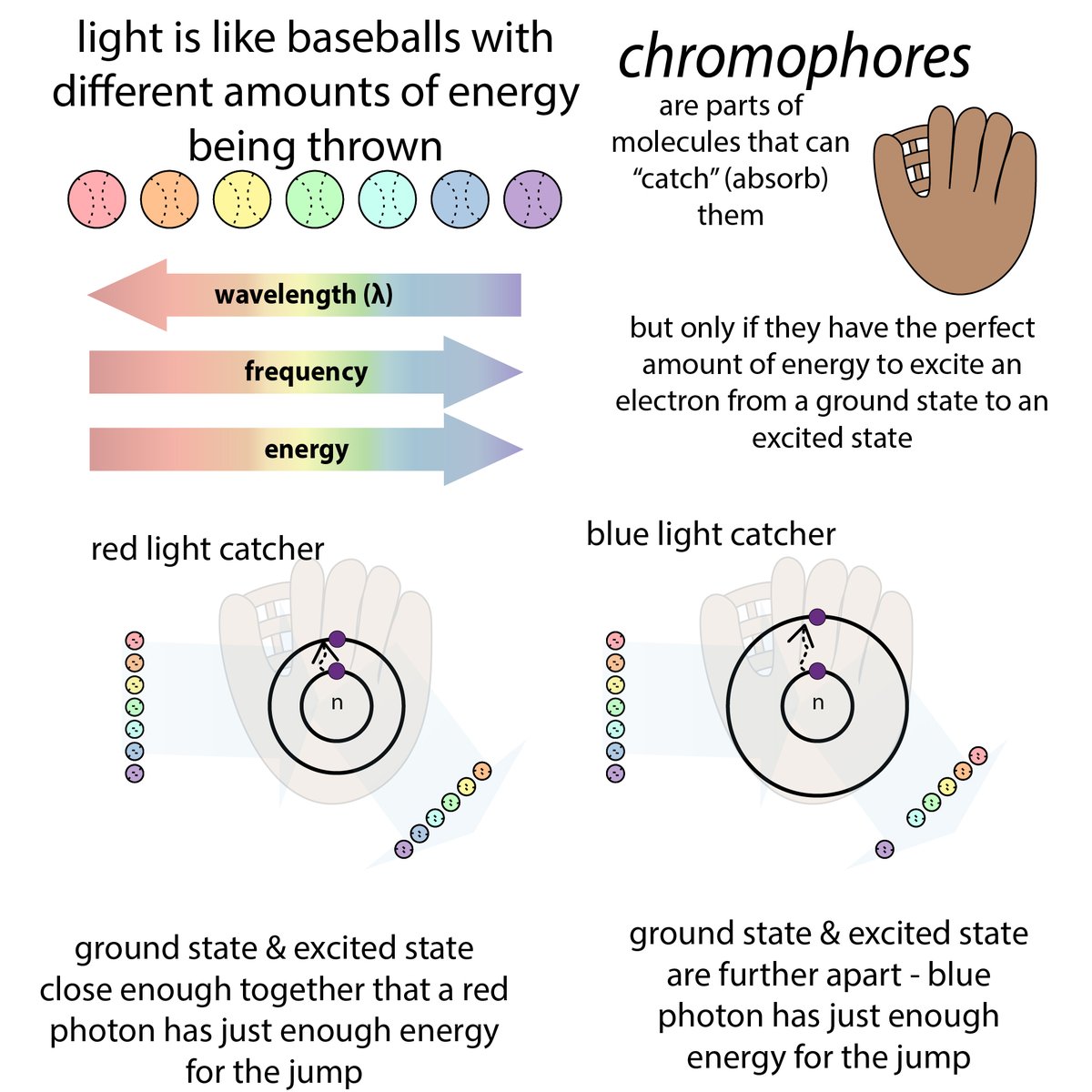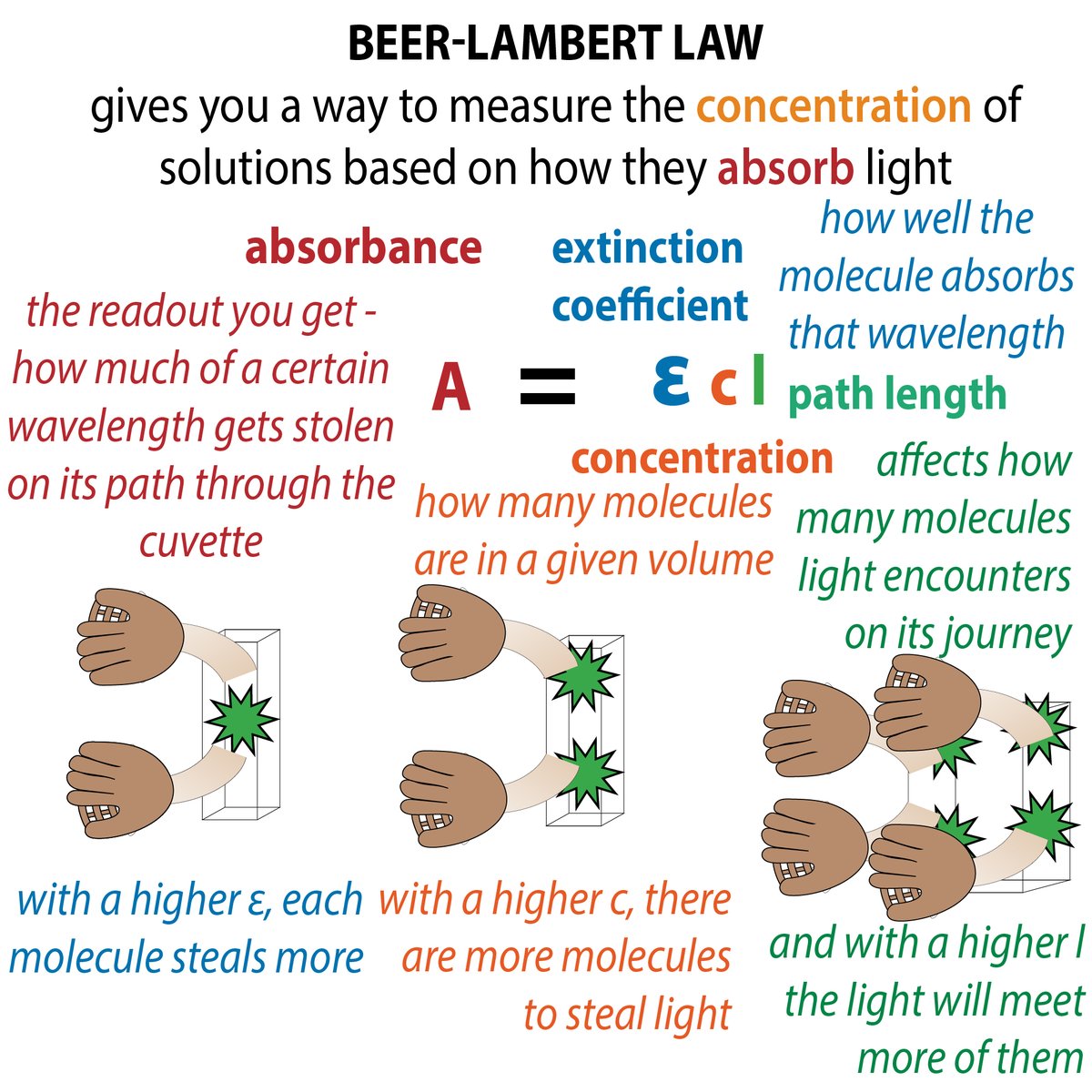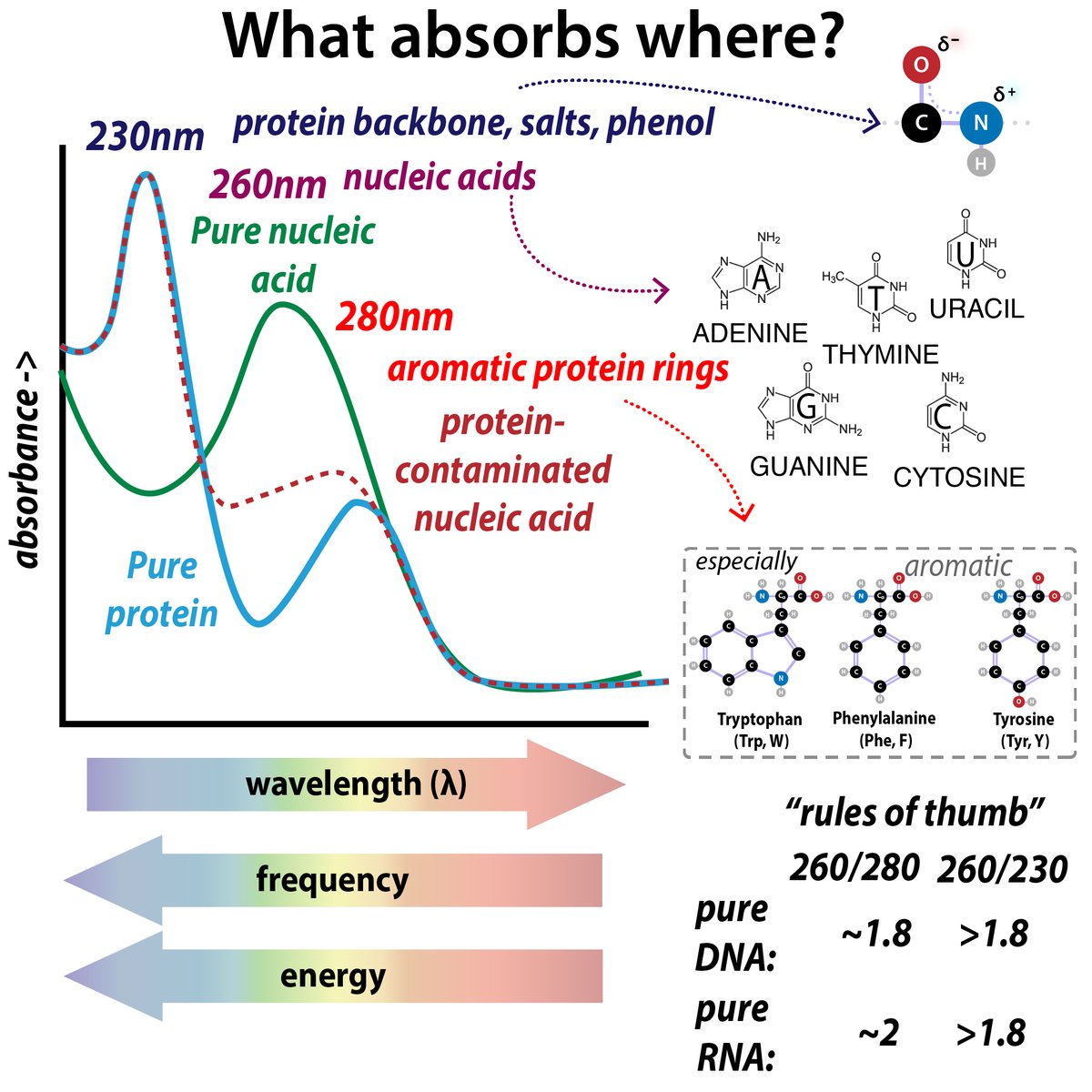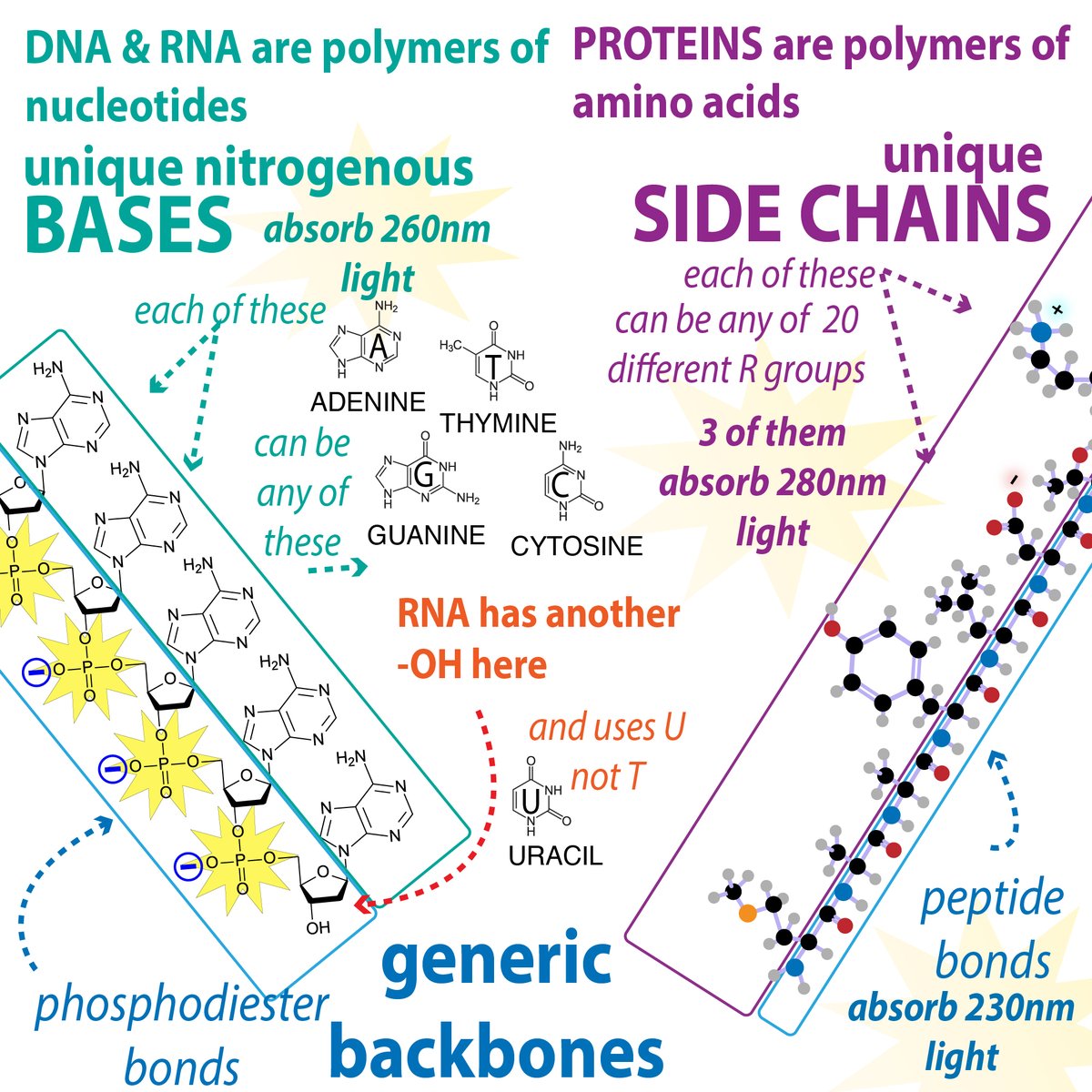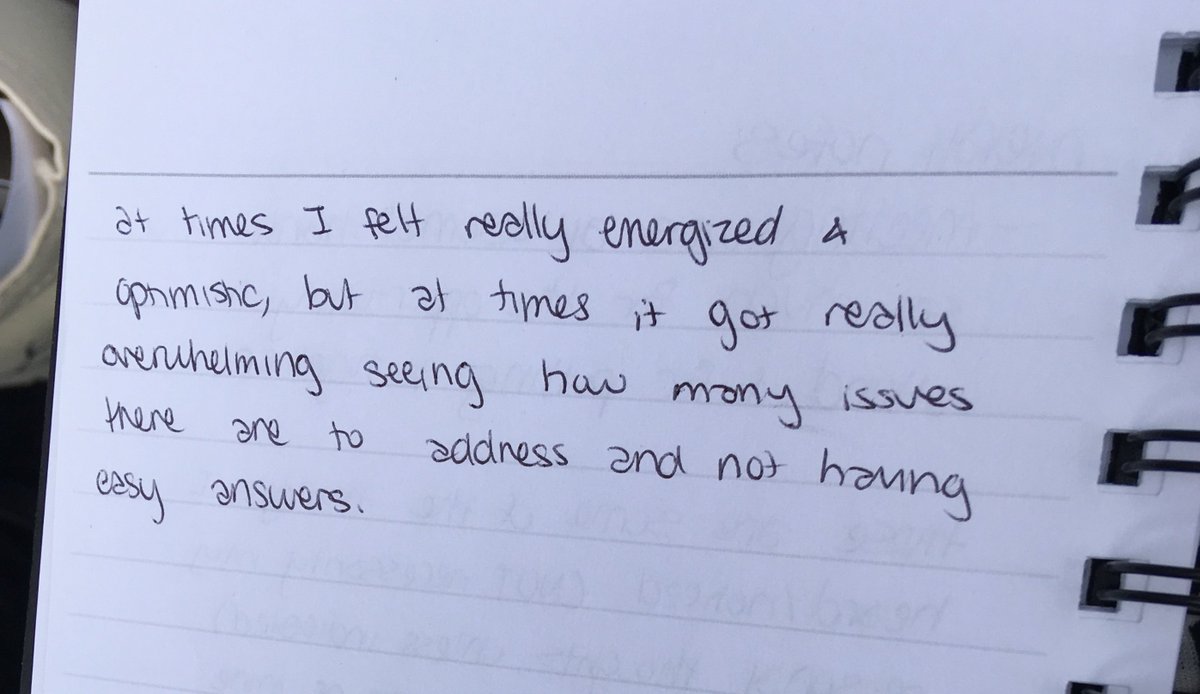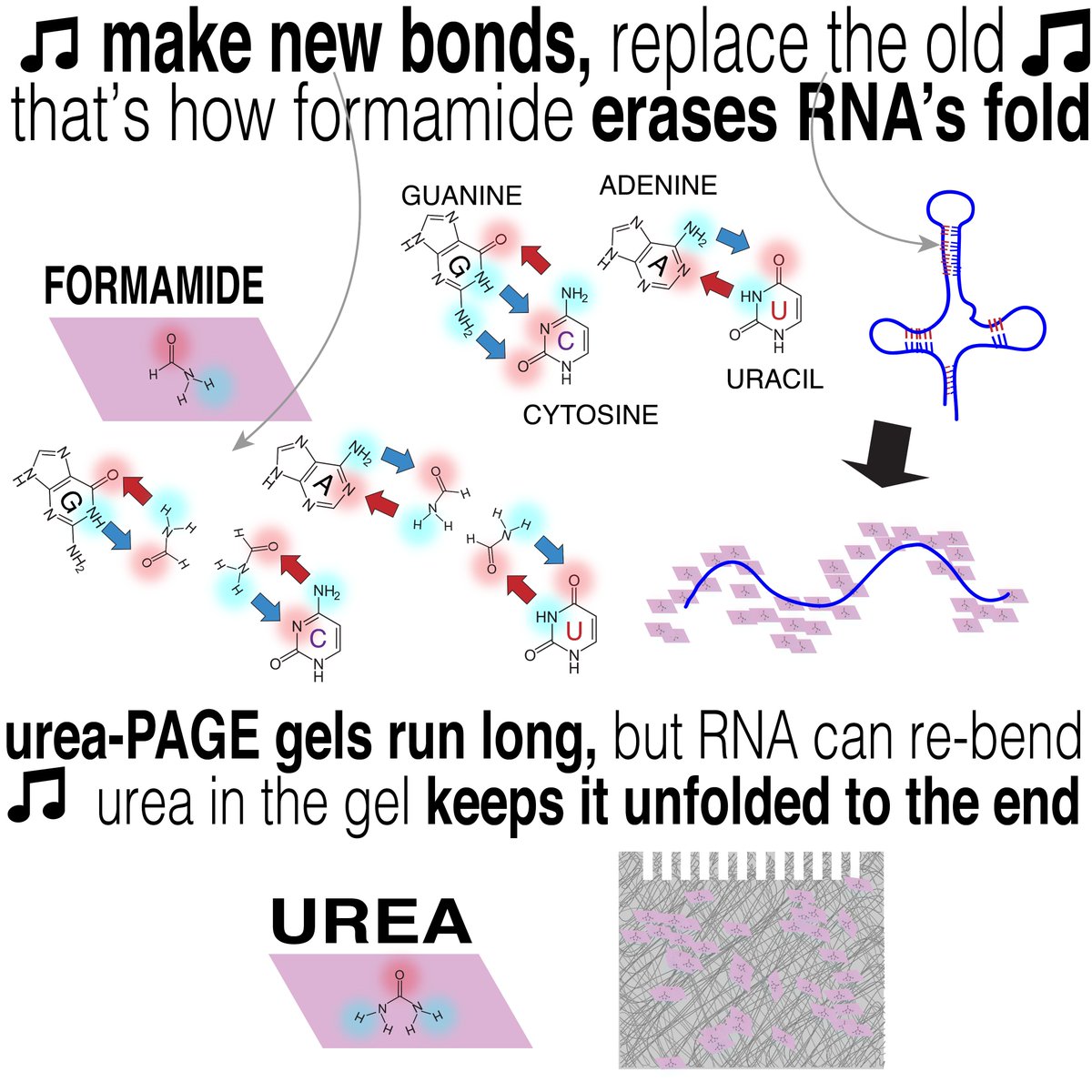
I don't know if these would be helpful to anyone, but I found a bunch of protein crystallization diagram graphics I'd made a long time ago that were embarrassingly ugly & and "refreshed" them - you can find them all here: bit.ly/crystallizingp… 







• • •
Missing some Tweet in this thread? You can try to
force a refresh



















